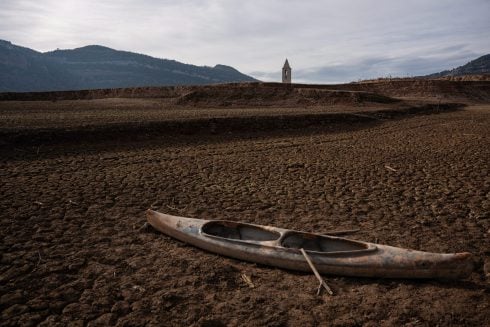
A DETAILED analysis of more than 100 million meteorological data points shows that Andalucia is feeling the heat of climate change more than most.
Every major city in Europe is warmer in the 21st century than it was in the 20th and Andalucia has experienced one of the highest temperature hikes on the continent.
In Malaga, Cordoba and Granada the average yearly temperature in the 21st century was at least 1.5°C higher than in the 20th century, according to an investigation by the European Data Journalism Network.
In December 2015, the United Nations Framework Convention on Climate Change agreed to ‘limit the temperature increase to 1.5 °C above pre-industrial levels’.
In southern Spain, that limit has already been reached.
Higher temperatures, especially heat waves, were responsible for several thousand deaths since 2000. They include the 2003 heat wave which resulted in over 70,000 extra deaths in the western half of Europe; and deaths caused by the so-called ‘Lucifer’ 2017 heatwave, when temperatures rose above 40°C in Spain, Italy and the Balkans.
Fatalities caused by the 2018 heatwave in Northern Europe have yet to be analysed by national health authorities.
In 2016 scientists warned that southern Spain could turn to desert by 2100 if global warming is not kept in check. Andalucia is especially vulnerable.
According to the Junta, summer temperatures in Sevilla could hit a high of 50°C by the end of this century, with cities in northern Jaen, Cordoba and Granada also set to see dramatic increases.
In September, Andalucia’s parliament gave the green light to the ‘Law of Measures against Climate Change and the Transition towards a new Energy Model in Andalucia’, which aims to reduce the emission of greenhouse gases and the consumption of fossil fuels and promote adaptation to climate change.
Among the measures proposed are a 30% reduction in energy use across the region by 2030 while increasing the amount of renewable energy used.
The president of the Association of Renewable Energies of Andalucia, Alfonso Vargas, said he approved of the draft law but called on the government to provide renewable energy suppliers with support to meet the targets.
The government must also ‘effectively engage and involve the entire community’ in order to make the new law work, he added.











